Anh-Duy Pham
PHEATPRUNER: Interpretable Data-centric Feature Selection for Multivariate Time Series Classification through Persistent Homology
Apr 25, 2025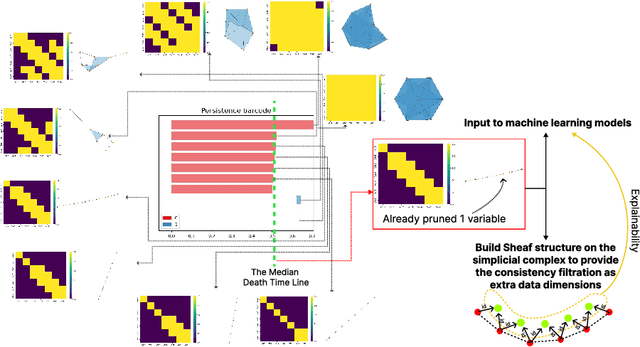
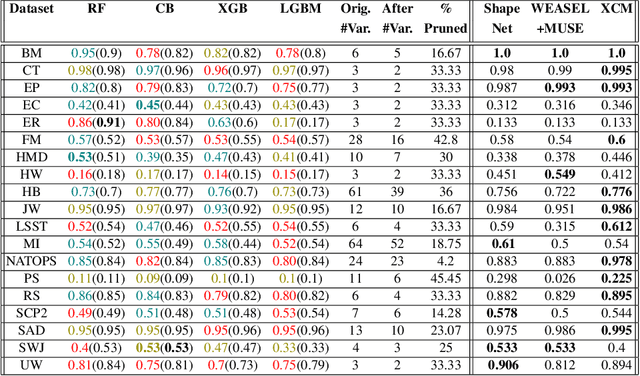
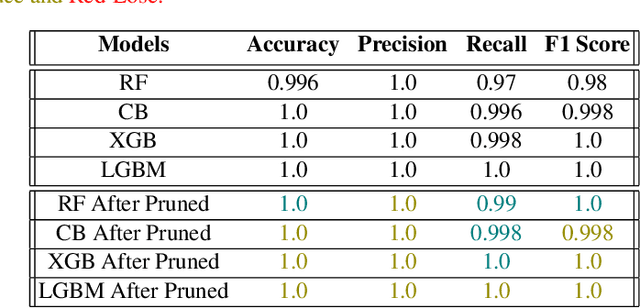
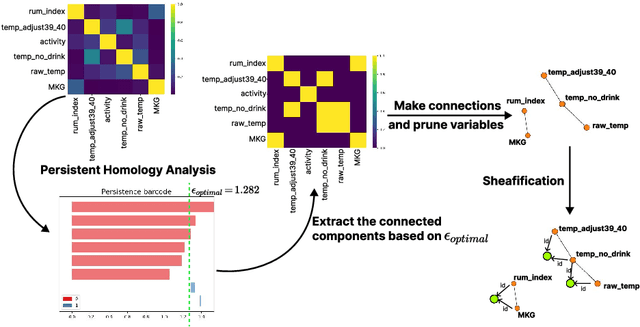
Abstract:Balancing performance and interpretability in multivariate time series classification is a significant challenge due to data complexity and high dimensionality. This paper introduces PHeatPruner, a method integrating persistent homology and sheaf theory to address these challenges. Persistent homology facilitates the pruning of up to 45% of the applied variables while maintaining or enhancing the accuracy of models such as Random Forest, CatBoost, XGBoost, and LightGBM, all without depending on posterior probabilities or supervised optimization algorithms. Concurrently, sheaf theory contributes explanatory vectors that provide deeper insights into the data's structural nuances. The approach was validated using the UEA Archive and a mastitis detection dataset for dairy cows. The results demonstrate that PHeatPruner effectively preserves model accuracy. Furthermore, our results highlight PHeatPruner's key features, i.e. simplifying complex data and offering actionable insights without increasing processing time or complexity. This method bridges the gap between complexity reduction and interpretability, suggesting promising applications in various fields.
Sheaf-theoretic self-filtering network of low-cost sensors for local air quality monitoring: A causal approach
Dec 29, 2022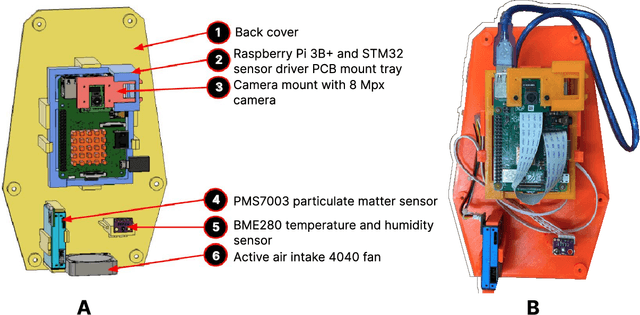

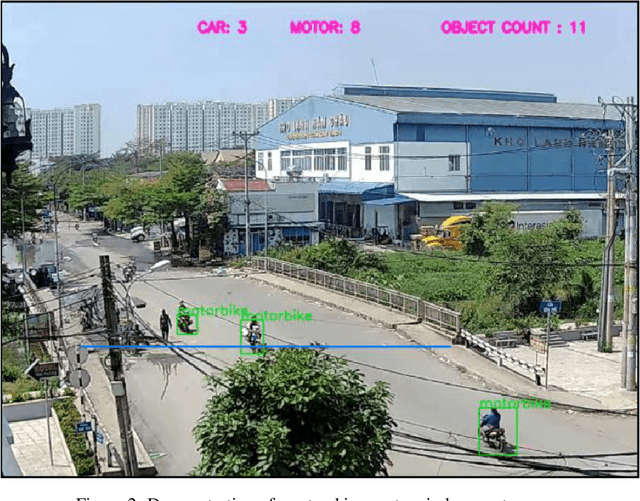

Abstract:Sheaf theory, which is a complex but powerful tool supported by topological theory, offers more flexibility and precision than traditional graph theory when it comes to modeling relationships between multiple features. In the realm of air quality monitoring, this can be incredibly useful in detecting sudden changes in local dust particle density, which can be difficult to accurately measure using commercial instruments. Traditional methods for air quality measurement often rely on calibrating the measurement with public standard instruments or calculating the measurements moving average over a constant period. However, this can lead to an incorrect index at the measurement location, as well as an oversmoothing effect on the signal. In this study, we propose a compact device that uses sheaf theory to detect and count vehicles as a local air quality change-causing factor. By inferring the number of vehicles into the PM2.5 index and propagating it into the recorded PM2.5 index from low-cost air monitoring sensors such as PMS7003 and BME280, we can achieve self-correction in real-time. Plus, the sheaf-theoretic method allows for easy scaling to multiple nodes for further filtering effects. By implementing sheaf theory in air quality monitoring, we can overcome the limitations of traditional methods and provide more accurate and reliable results.
TSEM: Temporally Weighted Spatiotemporal Explainable Neural Network for Multivariate Time Series
May 25, 2022



Abstract:Deep learning has become a one-size-fits-all solution for technical and business domains thanks to its flexibility and adaptability. It is implemented using opaque models, which unfortunately undermines the outcome trustworthiness. In order to have a better understanding of the behavior of a system, particularly one driven by time series, a look inside a deep learning model so-called posthoc eXplainable Artificial Intelligence (XAI) approaches, is important. There are two major types of XAI for time series data, namely model-agnostic and model-specific. Model-specific approach is considered in this work. While other approaches employ either Class Activation Mapping (CAM) or Attention Mechanism, we merge the two strategies into a single system, simply called the Temporally Weighted Spatiotemporal Explainable Neural Network for Multivariate Time Series (TSEM). TSEM combines the capabilities of RNN and CNN models in such a way that RNN hidden units are employed as attention weights for the CNN feature maps temporal axis. The result shows that TSEM outperforms XCM. It is similar to STAM in terms of accuracy, while also satisfying a number of interpretability criteria, including causality, fidelity, and spatiotemporality.
 Add to Chrome
Add to Chrome Add to Firefox
Add to Firefox Add to Edge
Add to Edge